16 GPTs for Lighting Techniques Powered by AI for Free of 2025
AI GPTs for Lighting Techniques refer to specialized generative pre-trained transformer models tailored for applications within the lighting techniques domain. These tools leverage the capabilities of GPTs to understand, generate, and process language in a way that's specifically relevant to lighting design, theory, and application. By doing so, they provide innovative solutions for creating, analyzing, and enhancing lighting setups, whether for architectural, theatrical, or photographic purposes. The relevance lies in their ability to offer customized advice, design suggestions, and technical solutions, making the complex field of lighting more accessible and innovative.
Top 10 GPTs for Lighting Techniques are: LensLogic | Snap & Enhance 📸💚✨,Photographic Prompter,StudioMaster,Food Photography,Shutter Sensei,Landscape Explorer,Fotógrafo Particular (Guia de Fotografia),Commercial Videography Guide,Commercial Photographer,摄影大师
LensLogic | Snap & Enhance 📸💚✨
Elevate Your Photos with AI-Powered Insights
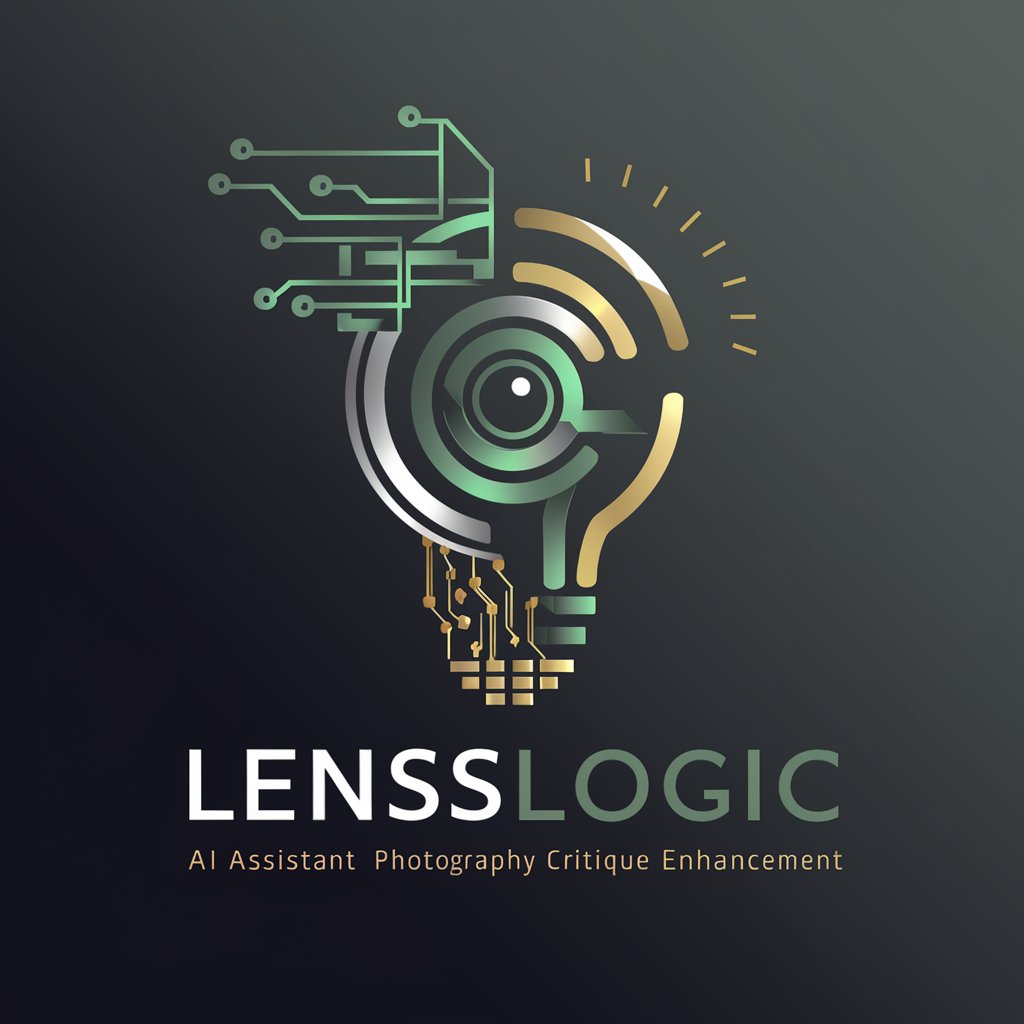
Photographic Prompter
Crafting Authentic Photo Scenes with AI

StudioMaster
Elevate Your Photos with AI Expertise

Food Photography
Elevate Your Culinary Imagery with AI

Shutter Sensei
Empowering Creativity with AI-Driven Photography Insights

Landscape Explorer
Elevate Your Shots with AI-Powered Insights

Fotógrafo Particular (Guia de Fotografia)
AI-powered photography mentor for everyone

Commercial Videography Guide
Empowering Your Videography with AI
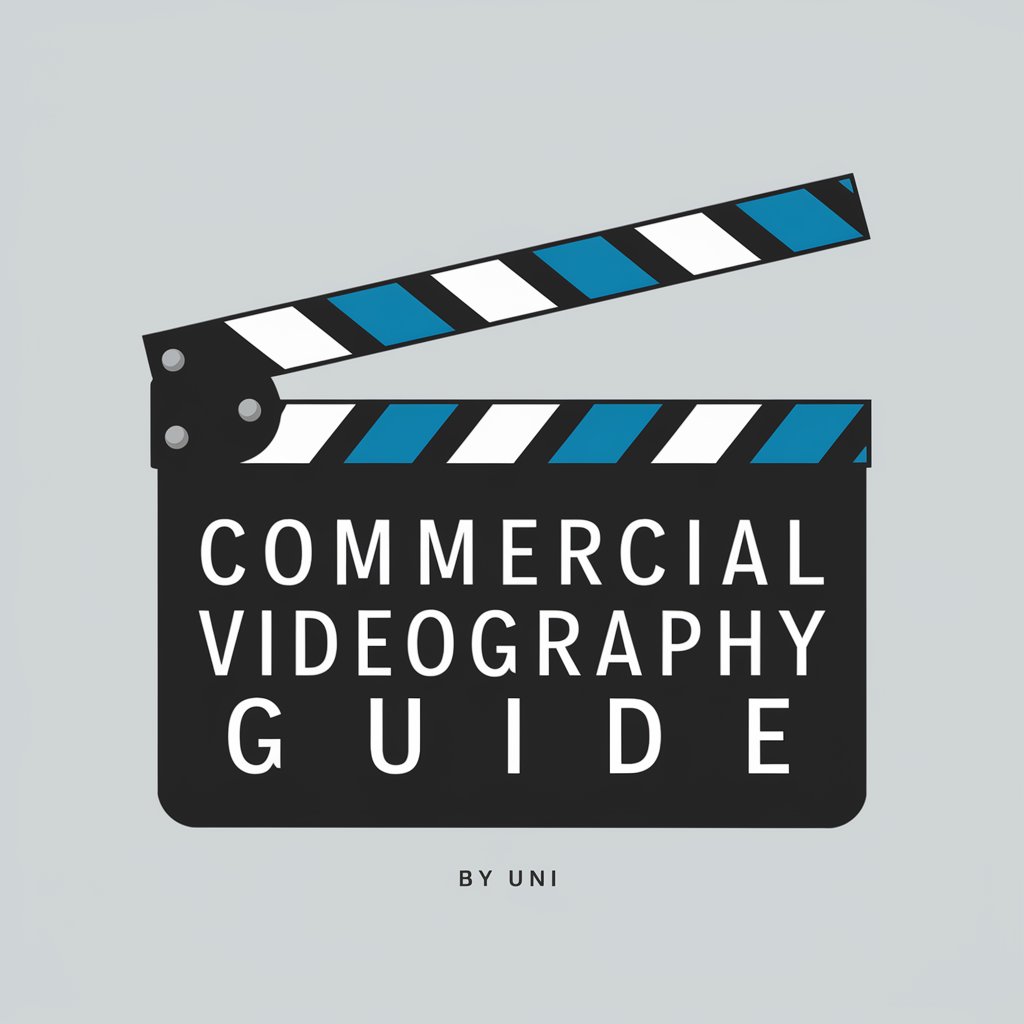
Commercial Photographer
Elevate Your Visual Brand Story

摄影大师
Elevate Your Photography with AI
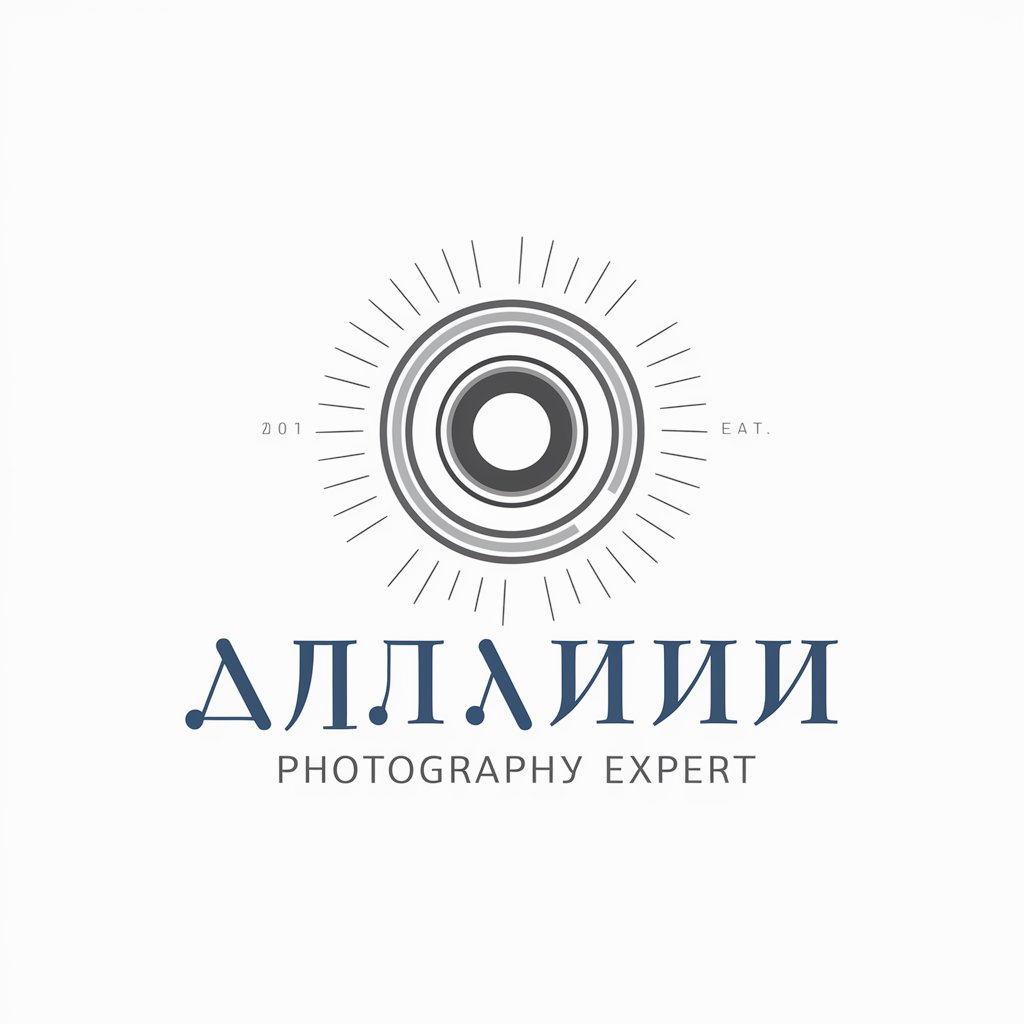
Photographer-GPT
Elevate Your Photography with AI

ApertureAI
Elevate Your Photos with AI
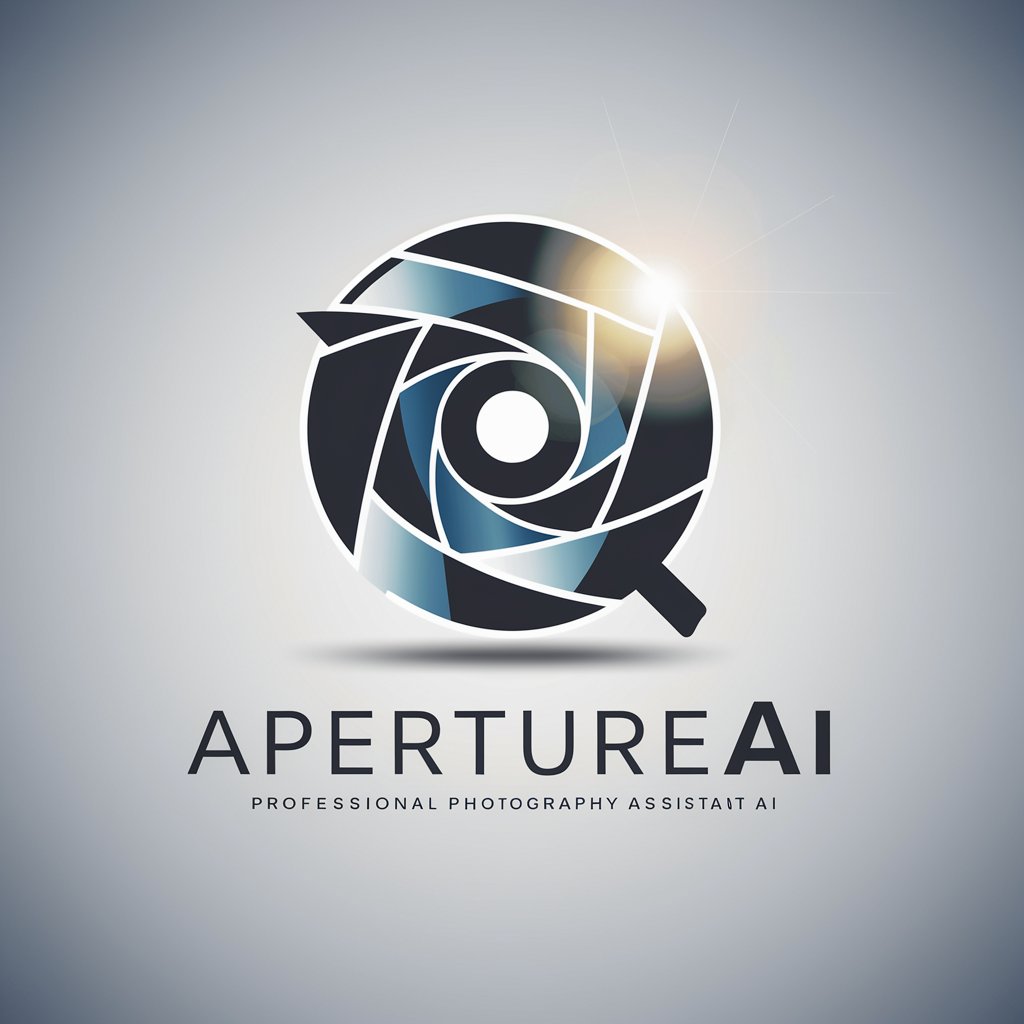
Film School Pro
Empowering Your Filmmaking Journey with AI

📸 Perfect Shot Mastery GPT 🌟
Elevate Your Photography with AI
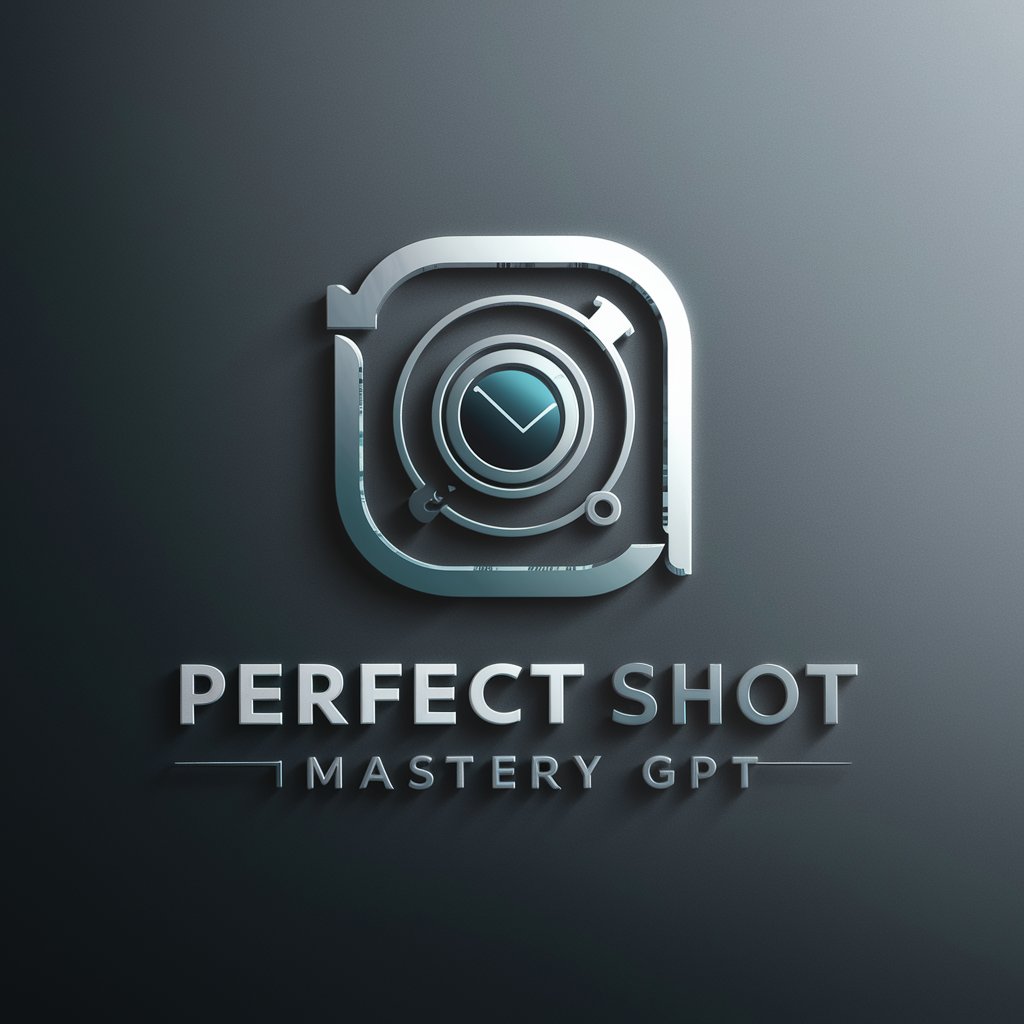
Video
Elevate Your Videos with AI-Powered Expertise
Distinctive Qualities and Functions
AI GPTs tools for Lighting Techniques are characterized by their adaptability and comprehensive understanding of the lighting domain. Features include the ability to process and interpret natural language queries about lighting design, offer technical guidance, and generate creative solutions. Special features may encompass language learning for understanding industry-specific terminology, technical support for lighting calculations, web searching for latest trends, image creation for visualizing lighting effects, and data analysis for optimizing lighting setups. These capabilities allow for a wide range of functions, from simple recommendations to complex design solutions.
Who Benefits from AI GPTs in Lighting
The primary users of AI GPTs for Lighting Techniques include novices seeking to learn about lighting, developers looking to integrate advanced lighting solutions into their projects, and professionals in the lighting industry requiring innovative tools for design and analysis. These AI tools are accessible to individuals without programming knowledge, offering user-friendly interfaces, while also providing powerful customization options for those with technical expertise.
Try Our other AI GPTs tools for Free
Dialogue Creation
Explore AI GPTs for Dialogue Creation: Transforming conversational experiences with advanced, adaptable, and user-friendly AI tools designed for diverse applications.
Quote Generation
Explore the innovative world of AI GPTs for Quote Generation, designed to enrich content with tailored, engaging quotes. Ideal for writers, marketers, and social media enthusiasts.
Image Visualization
Discover the power of AI GPTs for Image Visualization: tailor-made tools for creating and analyzing visual content, accessible to all skill levels.
Clinical Transcription
Explore AI GPTs for Clinical Transcription: Transforming healthcare documentation with precision, efficiency, and security.
CAD Scripting
Explore how AI GPTs for CAD Scripting are transforming design with intuitive, intelligent, and integrated solutions for professionals and novices alike.
Design Automation
Discover how AI GPTs for Design Automation revolutionize the design process, offering customized, efficient solutions for creative challenges.
Expanding Horizons with AI in Lighting
AI GPTs for Lighting Techniques exemplify how customized AI solutions can revolutionize different sectors, offering user-friendly interfaces and the ability to seamlessly integrate with existing systems. Their adaptability and the breadth of their capabilities make them invaluable tools for innovation and efficiency in the lighting industry.
Frequently Asked Questions
What exactly are AI GPTs for Lighting Techniques?
AI GPTs for Lighting Techniques are advanced AI models designed to assist with various aspects of lighting, including design, theory, and application, by processing and generating language-based solutions.
How can AI GPTs assist with lighting design?
These tools can offer design suggestions, simulate lighting effects through image generation, and provide guidance on technical aspects such as luminosity calculations and material selection.
Are these tools suitable for beginners in the lighting field?
Yes, AI GPTs for Lighting Techniques are designed to be accessible to novices, offering straightforward advice and learning resources to help them understand lighting concepts.
Can developers integrate these AI tools into their own projects?
Absolutely, developers can leverage these AI models' APIs to incorporate sophisticated lighting technique solutions into their software or applications.
What makes these AI tools unique compared to traditional lighting design software?
Their ability to understand and generate natural language makes them uniquely positioned to offer more intuitive and accessible guidance and creative solutions than traditional software.
How do these tools stay updated with the latest in lighting techniques?
AI GPTs for Lighting Techniques continuously learn from a wide range of sources, ensuring they are up-to-date with the latest trends, technologies, and standards in the lighting industry.
Can these AI models help with energy efficiency in lighting design?
Yes, by analyzing various factors such as space usage, natural light availability, and desired ambiance, these tools can recommend energy-efficient lighting solutions.
Are there customization options for professionals with specific needs?
Professionals can customize the tools' outputs to fit specific project requirements, whether for architectural, theatrical, or photographic lighting, ensuring that the solutions are precisely tailored to their needs.